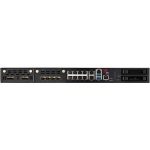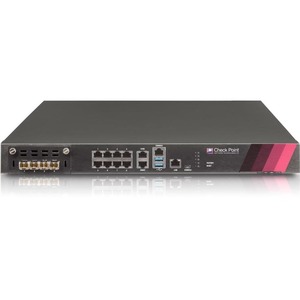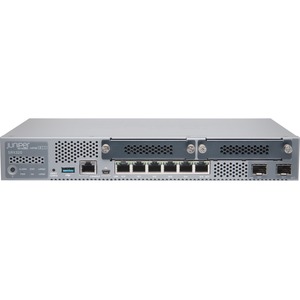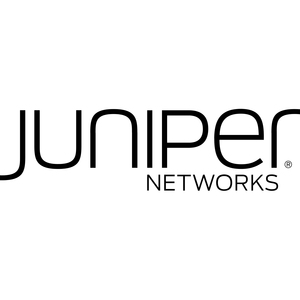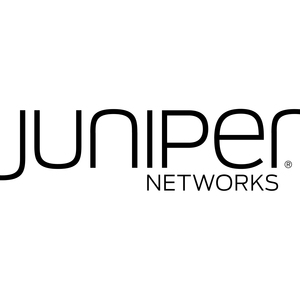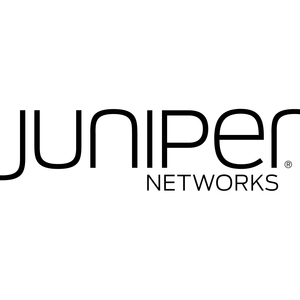Description
Check Point 5400 Network Security/Firewall Appliance – 8 Port – 1000Base-T – Gigabit Ethernet – AES (128-bit) – 8 x RJ-45 – 1 Total Expansion Slots – 1U – Rack-mountableThe Check Point 5400 Appliance combines the most comprehensive security protections to safeguard your small enterprise. The 5400 is a 1U appliance with one I/O expansion slot for higher port capacity, a 500 GB hard disk, and Lights-Out Management (LOM) for remote management. This powerful security appliance is optimized to deliver real-world threat prevention to secure your critical assets and environments.
COMPREHENSIVE THREAT PREVENTION
The rapid growth of malware, growing attacker sophistication and the rise of new unknown zero-day threats require a different approach to keep enterprise networks and data secure. Check Point delivers fully integrated, comprehensive Threat Prevention with award-winning SandBlast™ Threat Emulation and Threat Extraction for complete protection against the most sophisticated threats and zero-day vulnerabilities.
ALL-INCLUSIVE SECURITY SOLUTIONS
Check Point 5400 Appliances offer a complete and consolidated security solution available in two complete packages:
- NGTP: prevent sophisticated cyber-threats with IPS, Application Control, Antivirus, Anti-Bot, URL Filtering and Email Security.
- NGTX: NGTP with SandBlast Zero-Day Protection, which includes Threat Emulation and Threat Extraction.
PREVENT KNOWN AND ZERO-DAY THREATS
The 5400 Appliance protects organizations from both known and unknown threats with Antivirus, Anti-Bot, SandBlast Threat Emulation (sandboxing), and SandBlast Threat Extraction technologies.
As part of the Check Point SandBlast Zero-Day Protection solution, the cloud-based Threat Emulation engine detects malware at the exploit phase, even before hackers can apply evasion techniques attempting to bypass the sandbox. Files are quickly quarantined and inspected, running in a virtual sandbox to discover malicious behavior before it enters your network. This innovative solution combines cloud-based CPU-level inspection and OS-level sandboxing to prevent infection from the most dangerous exploits, and zero-day and targeted attacks.

